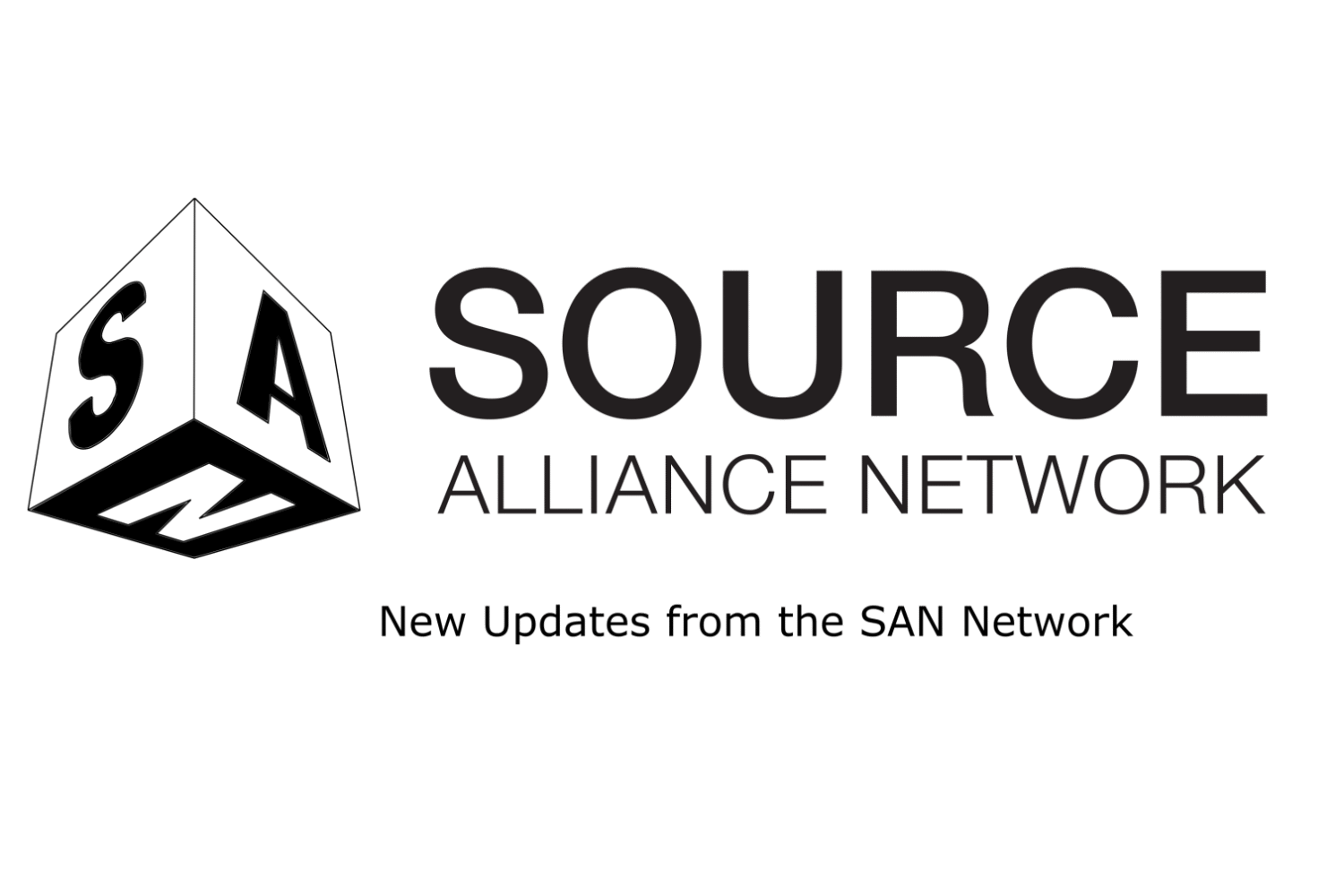
Ground Transportation: Current State of Freight Markets
- A large chemicals shipper increased asset-based exposure to mitigate rate spikes but has since negotiated lower contract rates as the TL market became competitive.
- Despite some regional tightness, tender acceptance rates remain high, with expectations of low-to mid-single-digit contract rate increases next year.
- LTL rates are projected to rise low-single digits, with carriers aiming for mid-single-digit increases while managing freight among carriers for cost efficiency.
Market Forecast
- TL rates showed a modest increase of ~1% month-over-month and 3% year-over-year, but remain significantly below the May 2022 peak.
- The outlook for 2026 indicates a potential increase of 0-2% in TL pricing, driven by abundant supply and cautious demand.
- Spot rates continue to lag behind contract rates, reflecting a challenging market environment with soft demand and cautious inventory management.
Supply Chain Industry Insights
- The Port of Long Beach reports stable vessel activity, while a U.S. Appeals Court has temporarily halted a Department of Transportation rule affecting non-domiciled commercial driver’s licenses.
- Schneider National’s Q3 operating income fell 18% year-over-year, attributed to market headwinds, although its truckload segment benefited from an acquisition.
- Overall freight shipments declined ~8% year-over-year, with LTL experiencing more significant drops due to weaker industrial markets. The Logistics Manager’s Index indicates ongoing expansion in transportation metrics despite challenges in inventories and warehousing.
Ocean Freight: Market Forecast
- Two major uncertainties are expected to influence container shipping: potential U.S. inventory restocking and the return of Red Sea and Suez Canal transits.
- U.S. inventories are low, and a replenishment cycle could increase demand by over 4%.
- Limited Suez Canal transits have resumed under naval escort, but most carriers remain cautious. The period post-Lunar New Year is seen as a less disruptive time for a broader return to this route.
Current State
- China’s export-import imbalance is straining container capacity, leading to increased empty container moves and operational costs.
- The Port of Hamburg reported an 8.4% increase in container throughput, contrasting with declines at Rotterdam and Antwerp due to congestion and strikes.
- U.S. containerized imports in October 2025 were stable but 7.5% lower year-over-year, reflecting cautious importer behavior amid tariff changes and softer consumer demand
Current State of Air Cargo Demand
- Air cargo demand increased by 2.9% YoY in September, a slowdown from August’s 4.0%.
- International demand rose 3.2% YoY, with Africa leading at 14.7% and Asia-Pacific at 6.9%.
- Global cargo capacity grew by 3.0% YoY, with stable capacity utilization.
- Jet fuel prices rose 5.4% YoY, reversing a 14-month decline, while cargo yields softened, down 5.5% YoY but up 1.3% MoM.
Regional Performance Highlights
- Asia-Pacific: Demand grew 6.8% YoY, marking a slowdown from previous months.
- Europe: Cargo demand increased 2.5% YoY, maintaining a moderate upward trend.
- Middle East: Demand decelerated to 0.6% YoY, influenced by regional advisories.
- North America: Experienced a 1.2% YoY decline, improving slightly from August.
- Latin America: First contraction since February, with a 2.2% YoY drop driven by weaker Europe–Latin America traffic.
Jet Fuel Developments
- Brent crude prices fell 8.5% YoY, while jet fuel costs rose due to tight diesel market conditions, widening the crack spread significantly.
- Air cargo yields continued to decline annually but saw a month-over-month increase, indicating potential stabilization in yield trends.
|
Happy Thanks to you and your family!
HOPE THIS HELPS!!
|
||||||||||||
| Armani Bonila Carrier and Partnership Relations Phone: Email: abonilla@sourcealliance.net 2023 W Carroll Ave – C205 | Chicago, IL 60612 www.sourcealliance.net | sourcealliance.net/video |
|
 |
|||
|
|||
